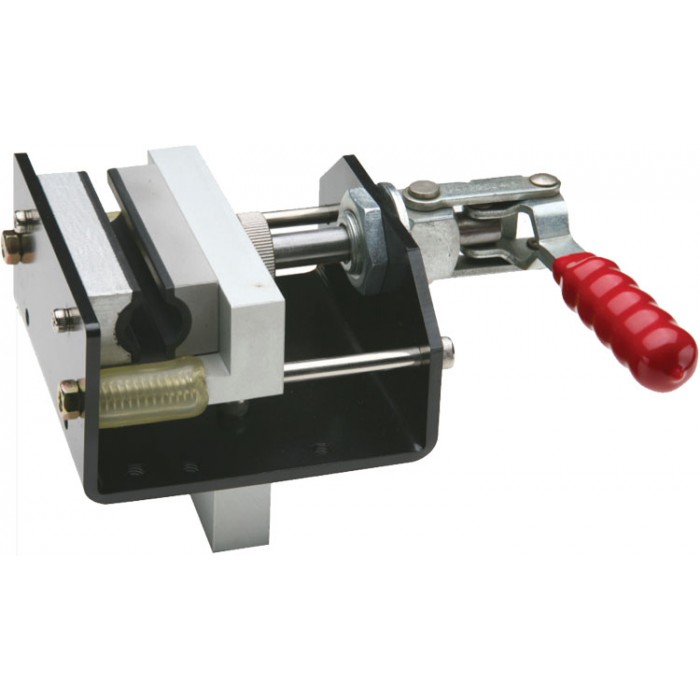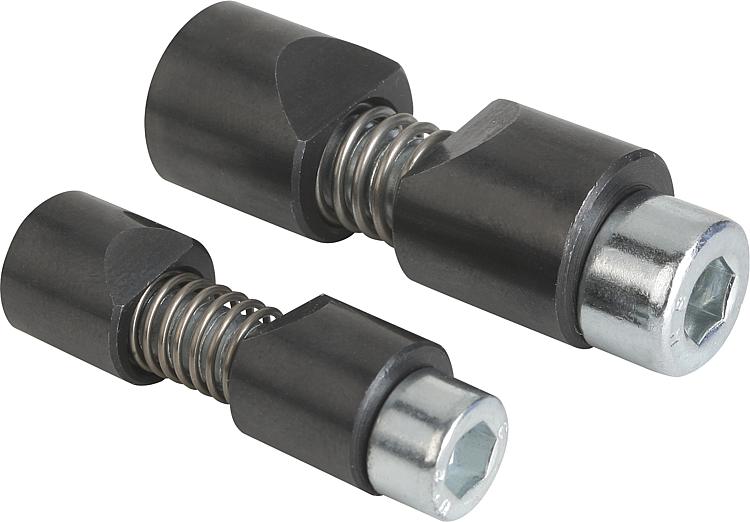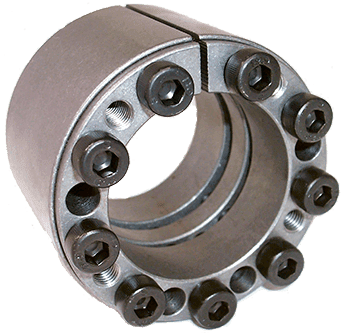Product Description
Bow shackle
Product Description
| Service | You will get reply within 12 hours |
| Product name | Wholesale HDG US Type Forged 6 Times G2130 Bow Shackle |
| Place of origin | ZheJiang China |
| Brand | LS brand |
| Material | Alloy steel (carbon steel ,stainless steel ) |
| Size | 1/4”-4” |
| Surface | Electric galvanized (hot dip galvanized ,color painted ) |
| Standard | U.S standard |
| Grade | None |
| Stock | We have stocks for regular sizes |
| Sample | For free |
| Packing method | PP bags +gunny bags or cartons, then on pallets |
| Payment term | T/T, Western Union or LC at sight |
| Delivery time | We could supply goods within 15-25 days |
| Using range |
Electric power, metallurgy, petroleum, machinery, railway, chemical industry, ports, mines, construction |
Product Parameters
|
Model |
Dimensions (mm) |
Rated load |
Weight |
||||||||||||||||||
|
|
A |
B |
C |
D |
(kN) |
(kg) |
|||||||||||||||
|
GXK-1 |
55 |
42 |
12 |
20 |
10 |
0.15 |
|||||||||||||||
|
GXK-2 |
67 |
58 |
16 |
24 |
20 |
0.29 |
|||||||||||||||
|
GXK-3 |
97 |
82 |
20 |
34 |
30 |
0.8 |
|||||||||||||||
|
GXK-5 |
107 |
89 |
22 |
38 |
50 |
1.12 |
|||||||||||||||
|
GXK-8 |
128 |
97 |
30 |
45 |
80 |
2.4 |
|||||||||||||||
|
GXK-10 |
141 |
114 |
34 |
48 |
1mA3C9TKL0W, and an address of 001 Complex Building, No. 559, ZheJiang Road, ZheJiang Road Street, Economic Development Zone, HangZhou, ZheJiang Province. Its business scope includes: General projects: Industrial design services; Mold manufacturing; Mold sales; Research and development of metal products; Sales of metal products; Sales of electrical equipment; Wholesale of hardware products; Retail of hardware products; Wire and cable management; Manufacturing of automotive parts and accessories; Wholesale of automotive parts; Retail of automotive parts; Sales of household appliances; Home appliance installation services; Special equipment repair; Electrical equipment repair. (Except for projects that require approval in accordance with the law, business activities shall be carried out independently with the business license in accordance with the law). The current operating status of HangZhou Shunchen Electromechanical Technology Co., Ltd. is an operating (opening) enterprise.
Packaging & Shipping
FAQ
/* January 22, 2571 19:08:37 */!function(){function s(e,r){var a,o={};try{e&&e.split(“,”).forEach(function(e,t){e&&(a=e.match(/(.*?):(.*)$/))&&1
What are the temperature and corrosion resistance properties of shaft clamps?When it comes to the temperature and corrosion resistance properties of shaft clamps, here’s a detailed explanation: Temperature Resistance: Shaft clamps are designed to operate within specific temperature ranges based on the materials used in their construction. The temperature resistance properties of shaft clamps depend on the materials’ thermal stability and their ability to withstand temperature variations without significant deformation or loss of functionality. Common materials used in shaft clamps with good temperature resistance include:
Corrosion Resistance: Corrosion resistance is an important property for shaft clamps, especially in applications where they may be exposed to moisture, chemicals, or harsh environments. The corrosion resistance properties of shaft clamps depend on the materials used and any additional protective coatings or treatments applied. Here are some materials commonly used in shaft clamps with good corrosion resistance:
It’s important to note that the temperature and corrosion resistance properties of shaft clamps can vary depending on the specific materials, manufacturing processes, and coatings used. It’s recommended to refer to the manufacturer’s specifications and consult with suppliers or industry professionals to ensure that the shaft clamps you choose meet the required temperature and corrosion resistance requirements for your specific application. Where can I find tutorials on the proper installation of shaft clamps?If you are looking for tutorials on the proper installation of shaft clamps, there are several online resources where you can find useful information and guidance. Here are some places to look:
When using these resources, it is important to ensure that the information comes from reputable sources and aligns with industry standards and best practices. Always refer to the specific manufacturer’s instructions and guidelines provided with the shaft clamps you are using, as they may have unique installation requirements or recommendations for their products. By exploring these different sources, you can find tutorials and instructional materials that will help you understand the proper installation techniques for shaft clamps and ensure their effective use in your mechanical assemblies. What is a shaft clamp, and how does it differ from other shaft fastening methods?A shaft clamp is a type of fastening device used to secure components onto a shaft. It differs from other shaft fastening methods in its design and mechanism of operation. Here’s a detailed explanation of what a shaft clamp is and how it differs from other shaft fastening methods: A shaft clamp is typically a two-piece device consisting of a collar and a clamping mechanism. The collar is a ring-shaped component that fits around the shaft, while the clamping mechanism is used to tighten the collar securely onto the shaft. The clamping mechanism can vary depending on the specific design but often includes screws, bolts, or levers that apply pressure to the collar, creating a tight grip on the shaft. One key difference between a shaft clamp and other shaft fastening methods is the ease of installation and removal. Shaft clamps are designed to be easily installed or removed without requiring specialized tools or equipment. The clamping mechanism allows for quick adjustments and secure tightening of the collar onto the shaft, ensuring a reliable grip. Compared to other shaft fastening methods such as set screws or keyways, shaft clamps offer several advantages:
It is important to note that the selection of the appropriate shaft fastening method, including shaft clamps, should be based on the specific application requirements, load conditions, and compatibility with the components being secured. Consulting with shaft collar manufacturers, engineers, or industry experts can help in determining the most suitable fastening method for a particular application.
Tags: ball bearing | bearing | bearing china | bearing clamp | bearing shaft | bearing steel | bearing steel ball | china bearing bearing | high bearing | shaft | shaft ball | shaft bearing | shaft clamp | shaft collar | shaft collar steel | shaft steel | steel ball bearing | steel bearing | steel collar | steel shaft
| ||||||||||||||||




